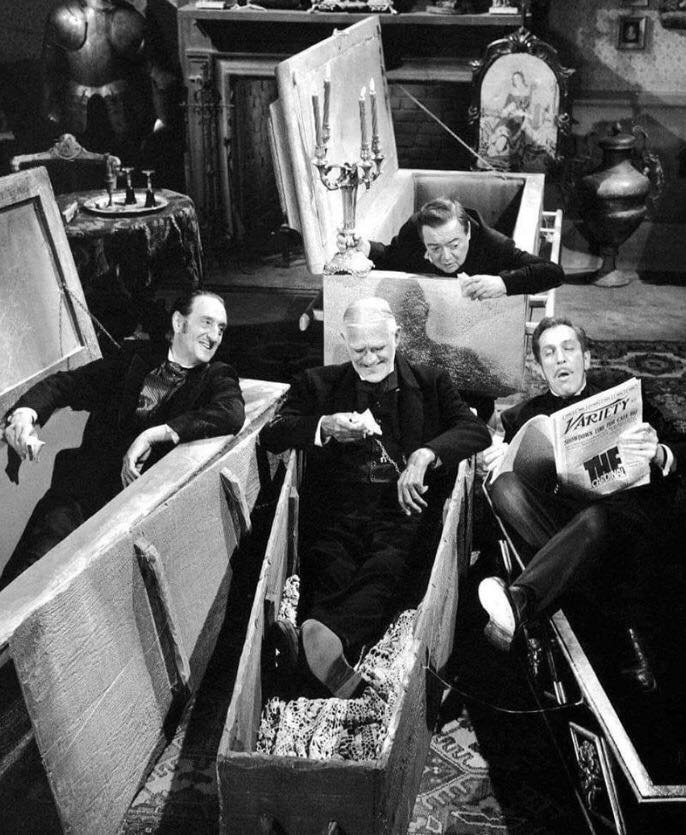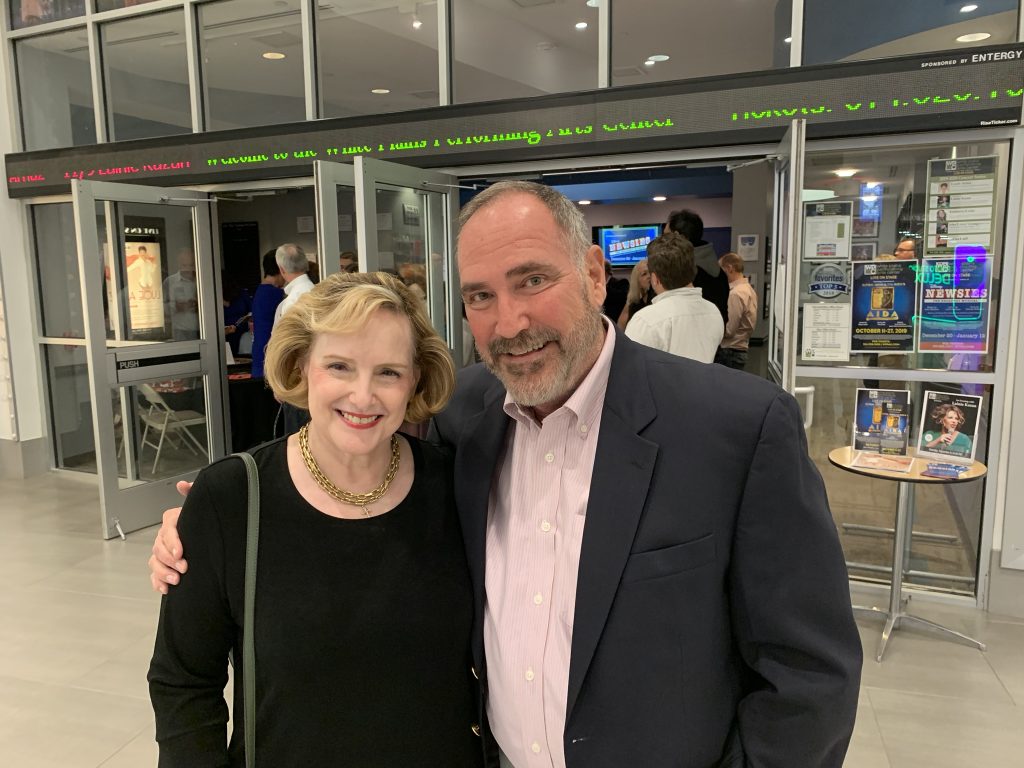Simesite year-end wrap
Madrid, Dec. 31, 2019
As promised, here are the contributions received by Simesite for this year’s wrap. Unfortunately, the number of muggs showing signs of life has decreased somewhat from a year ago. We suppose that some may have changed their e-mail addresses and thus no longer receive our urgings, while the silence of a few others may perhaps be due to illness or death.
Following are the contributions, 20 in all, received from muggs for this year’s end Simesite round-up. They are listed in the order in which they were received. We were pleased to see that this year we received several from muggs that had not submitted anything in past few years, such as John Willis, Fred Lombardi, Bob King and Mike Evans.
For those who failed to respond, we can only hope that the cause was sloth and not indisposition.
Ian Watkins in London and I in Madrid wish all the muggs who once were part of the Variety and Daily Variety team in the Syd Silverman era
Best wishes for the coming year!
(more…)

